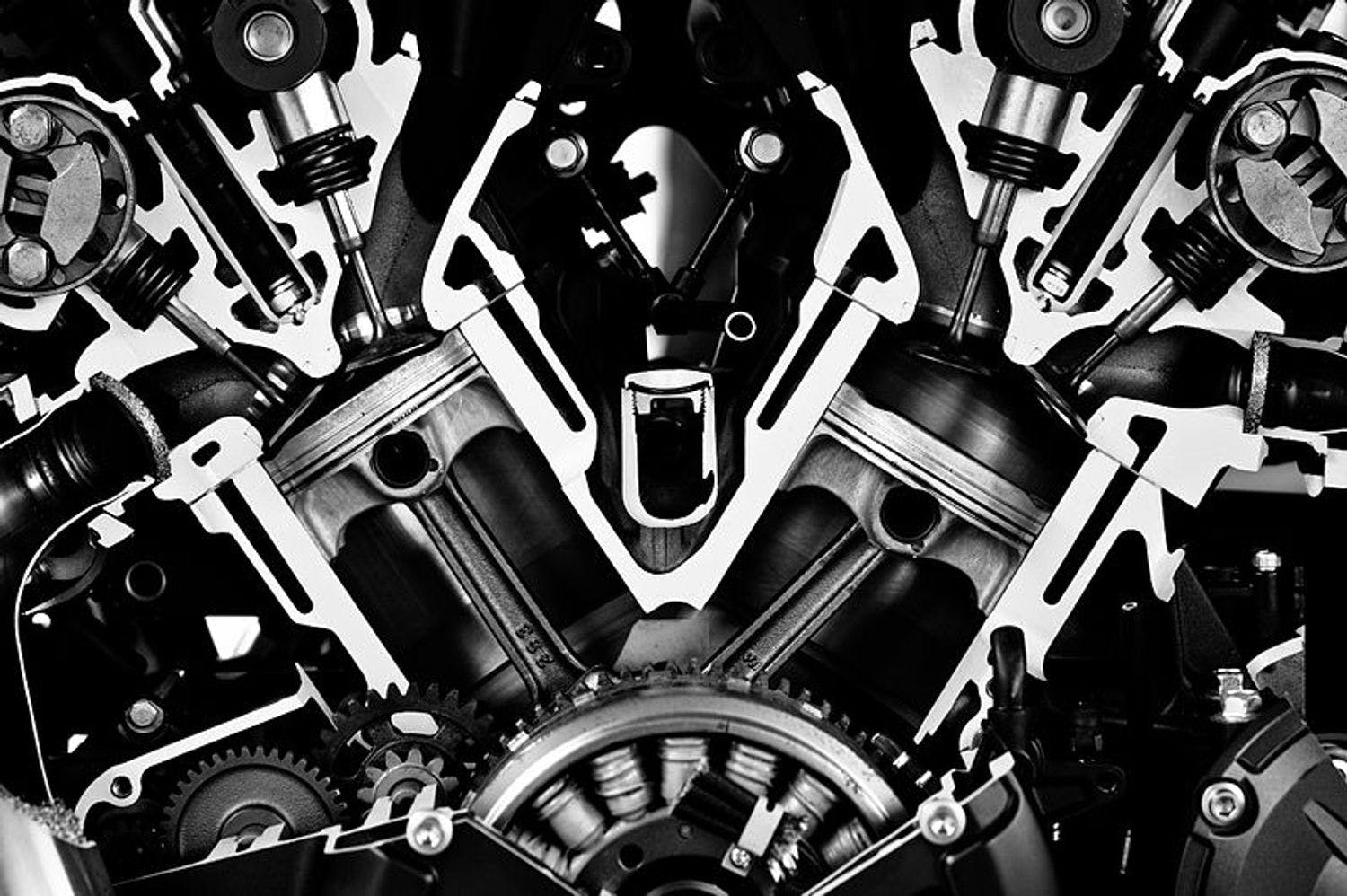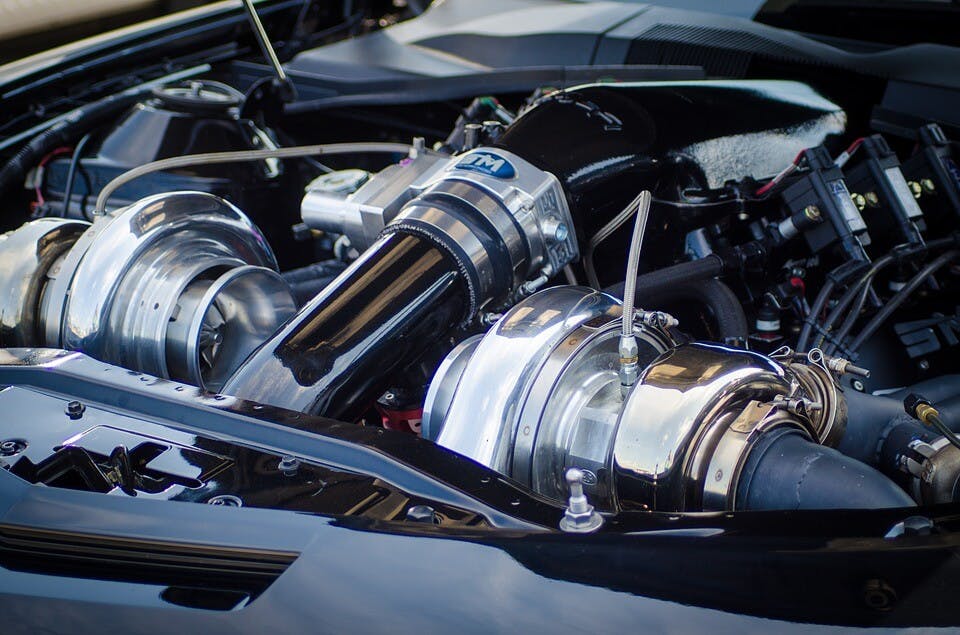V engine: Do you know everything about it?

V engine is an internal combustion engine whose cylinders and pistons are arranged in two separate planes so that when viewed along the axis of the crankshaft, it resembles the letter V.
Such an arrangement of cylinders reduces the overall length and height compared to an in-line engine—the first V engine, built in 1889 by Daimler according to the design of Wilhelm Maybach.
Indholdsfortegnelse
In 1903, the Company Société Antoinette produced V8 engines for motorboat racing. In 1904 Putney Motor Works completed the first V12 engine built for any purpose.
V engine construction and characteristics
Each pair of pistons shares one common crank on the crankshaft by connecting rods located next to each other. V engines are more compact, so their placement in a car is easier. In addition, they have more torque at lower speeds compared to inline engines with the same number of cylinders and volume.

Engine Power And Torque: Which of these parameters is more important?
The disadvantage of V engines is the greater weight and the fact that they are more complex and complicated, increasing their price. V engines have cylinders placed at different angles from each other, with each placement having different advantages and disadvantages, some working better than others.
As long as the V angle is narrow, this engine has some of the advantages of a V and an inline engine, but also their disadvantages.
This concept is ancient, developed by Lancia with its V4 engine in 1920, but recently redesigned by the Volkswagen Group with its VR engines. A VR motor is a combination of an inline and a V engine.
Some V engine configurations are very well balanced and smooth running, but others are the exact opposite, such as:
- V8 engine with Crossplane crankshaft
- V8 engine with Flatplane crankshaft
1. V8 engine with Cross-plane crankshaft
V8s that use this type of crankshaft have a rough, bubbling sound that you can find in American cars and Mercedes-Benz AMG vehicles.
This type of crankshaft needs to be balanced with weights, which impairs the engine's ability to accelerate. That's why these V8s are called lazy.
2. V8 engine with Flatplane crankshaft
These are two inline four-cylinders that are connected to one V engine. The crankshaft of this engine is similar to that of an inline four-cylinder. This engine is much better balanced, revs easier, has more power, and weighs less than the V8 that uses the cross-plane crankshaft. Ferrari uses this type of engine.
The most balanced V engine is the V12, which can be said to be almost perfectly balanced. Other V engines exhibit increased vibration and need balancing or split crankshafts.
V engines markings
- V2 - Two-cylinder V engine, one cylinder is on one side and the other on the other. It is used in motorcycles, lawnmowers, and small tractors.
- V3 - Three-cylinder V engine with two cylinders on one side and one on the other side. It was only used for two-stroke racing motorcycles.
- V4 - Four-cylinder V engine has four cylinders, no. 1 and 3 on one side, no. 2 and 4 on the other side.
- V5 - Five-cylinder V engine with two cylinders on one side and three on the other side. It is known for its sound and revving and is very popular with car enthusiasts. This engine was made from a V6, from which Volkswagen removed one cylinder, creating the first production block to use five cylinders in the design.
- V6 - Six-cylinder V engine with three cylinders on either side. The V6 is one of the most compact engine configurations, shorter than an inline four and more compact than a V8. The V6 engine has become widely used in mid-size cars, where it resides as an optional engine with a standard inline-four or a standard engine with a V8.
- V8 - An eight-cylinder V engine has four cylinders on both sides, with all eight pistons driven by a common crankshaft. The result is an engine that's smoother than a V6 and considerably cheaper than a V12.
- V10 - Ten-cylinder V engine with five cylinders on one side and five on the other side. It is longer than a V8 engine but shorter than an inline ten-cylinder.
- V12 - The V12 engine has 12 cylinders mounted on a crankcase on two sides with six cylinders. The V12 is perfectly balanced and therefore does not need any balance shafts.